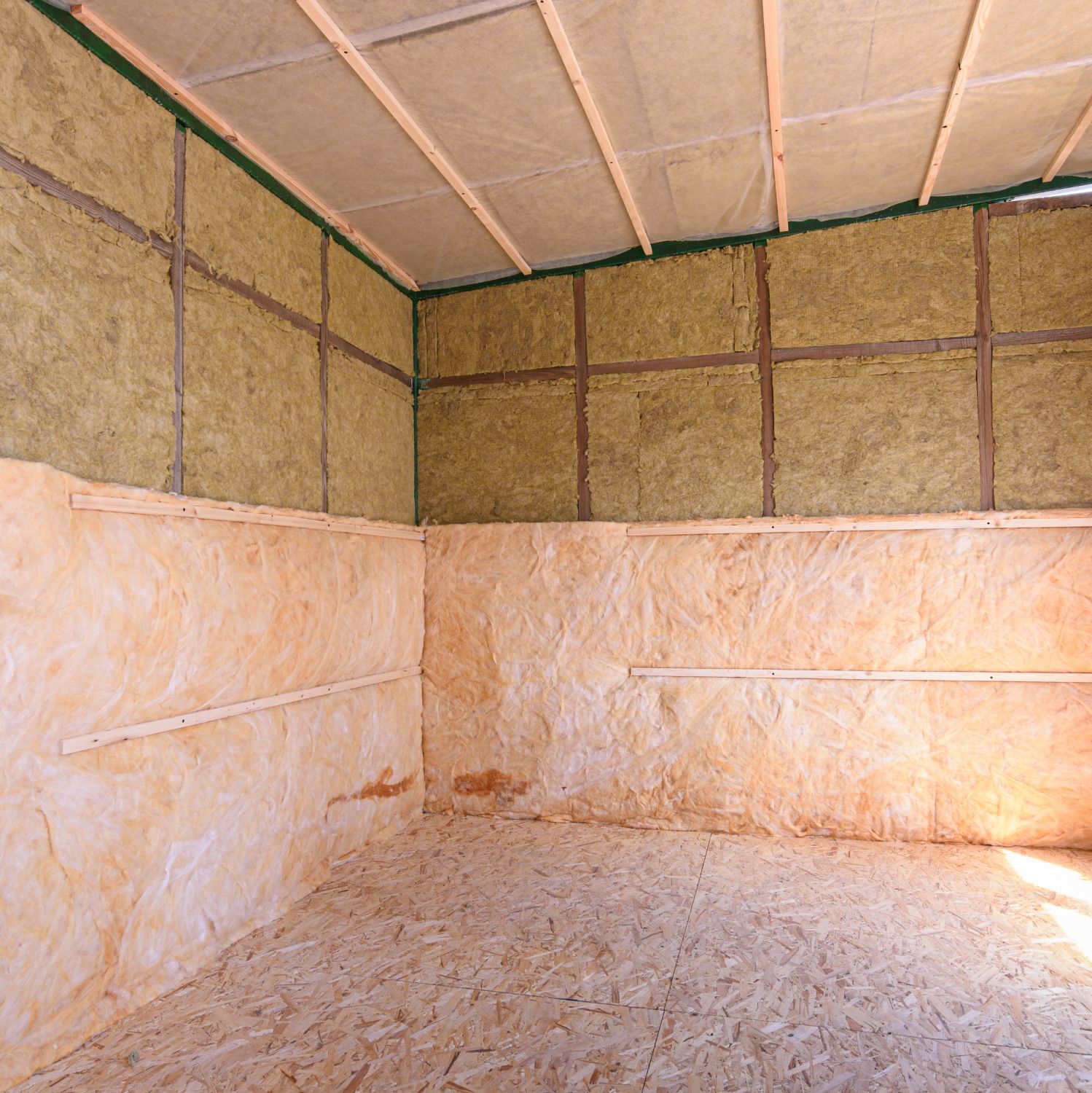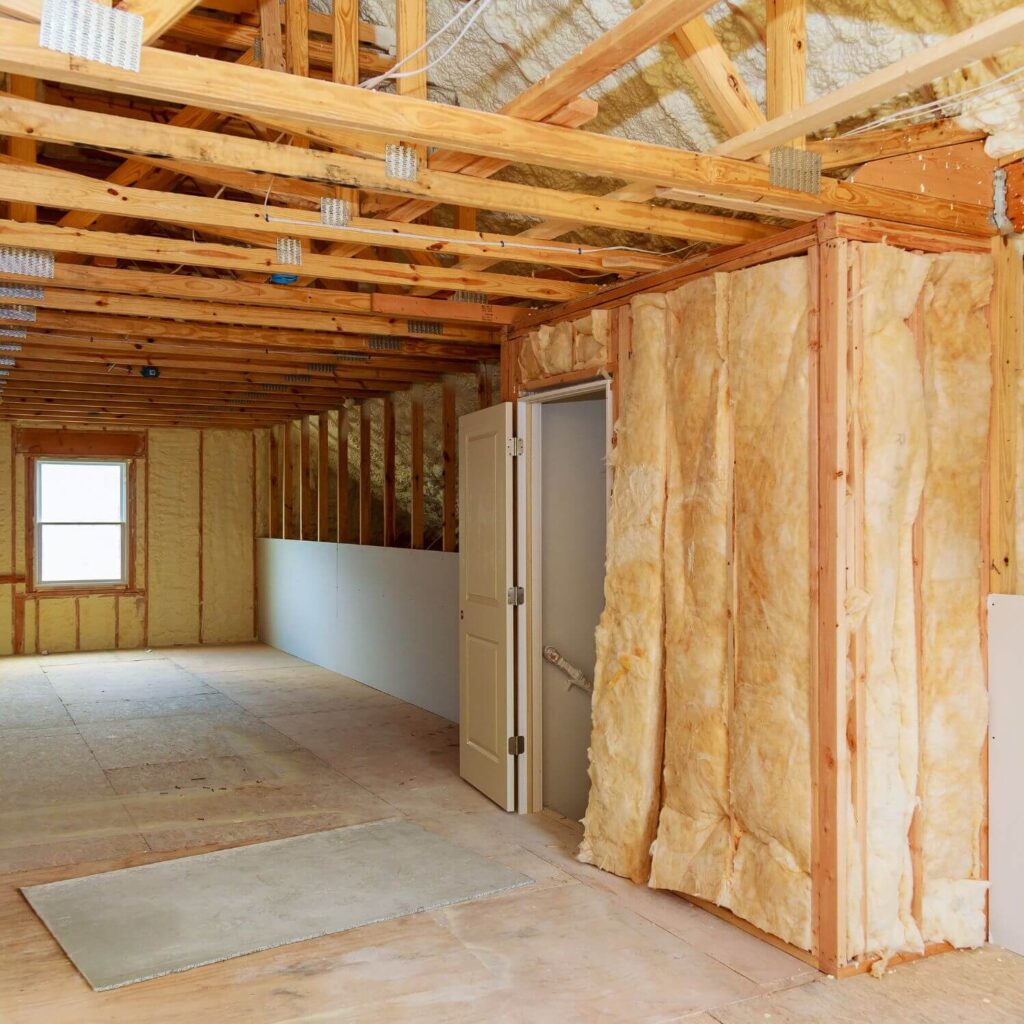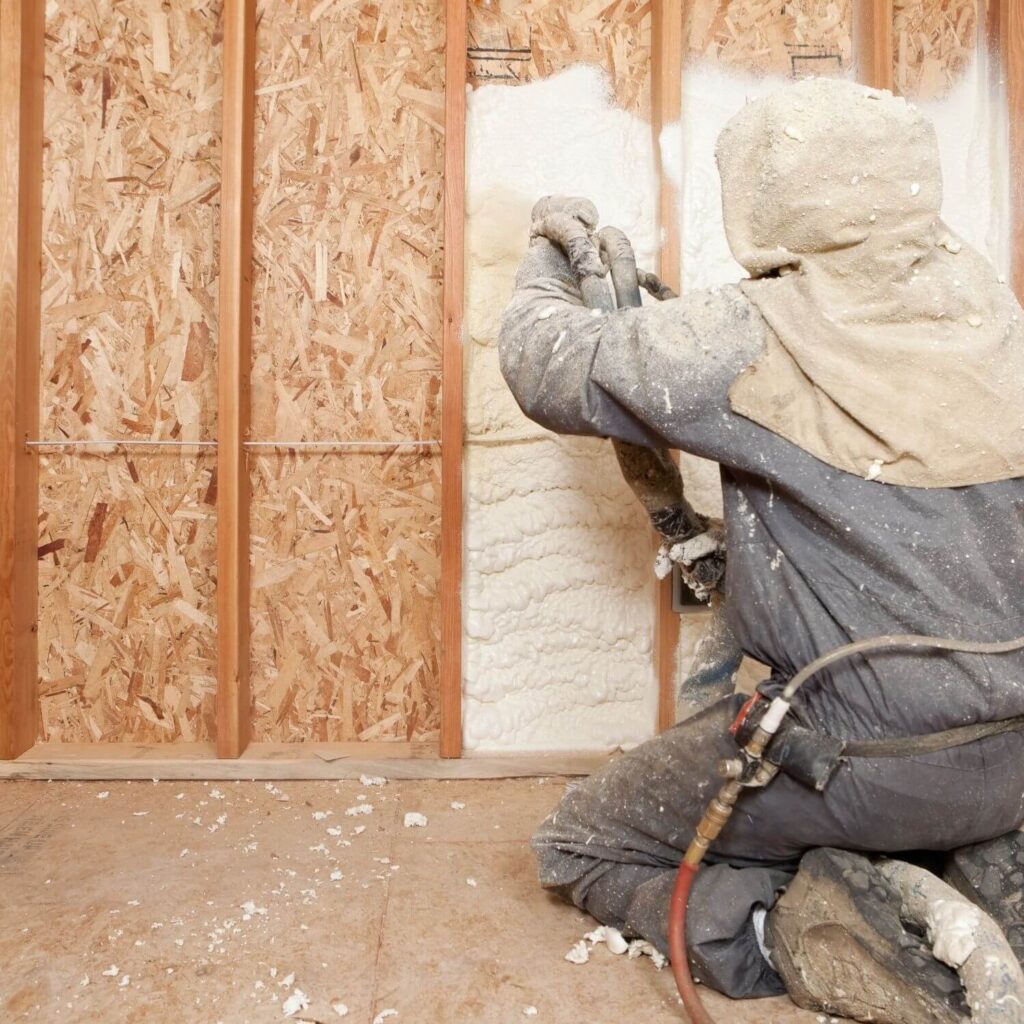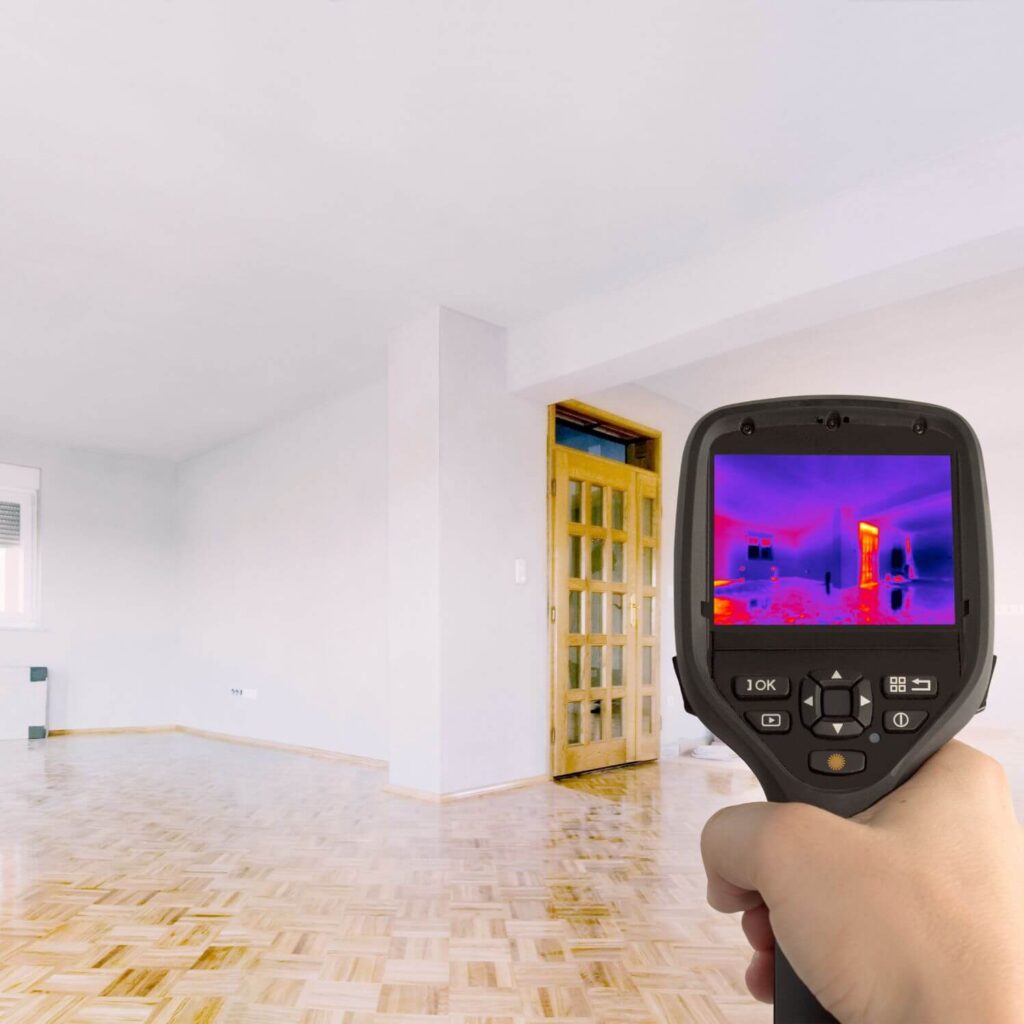
Are you considering adding loft insulation to your home but unsure how much you need? Look no further! In this article, you will discover a simple and effective method to calculate the amount of loft insulation required. By using a loft insulation calculator, you can easily determine the right quantity for your specific loft space, ensuring optimal energy efficiency and comfort in your home. Say goodbye to chilly winters and high heating bills – let’s dive into the world of calculating loft insulation!
Why Calculate Loft Insulation
Calculating loft insulation is an essential step in maximizing the energy efficiency and comfort of your home. By determining the required amount and thickness of insulation, you can ensure that your loft is adequately insulated to keep your home warm in the winter and cool in the summer. Loft insulation not only helps to reduce energy costs but also contributes to reducing carbon emissions, making it a sustainable choice for homeowners.
Benefits of Loft Insulation
There are several significant benefits to having proper loft insulation. Firstly, it helps to reduce heat loss through the roof, keeping your home warmer and more comfortable during colder months. This means that you will rely less on heating systems, resulting in substantial energy savings and lower utility bills. In the summer, loft insulation acts as a barrier to prevent heat from entering your home, keeping it cooler and reducing the need for air conditioning.
Another advantage of loft insulation is its ability to reduce noise transmission. The insulation material helps to absorb sound, making your home quieter and more peaceful. This is particularly beneficial if you live in a noisy neighborhood or near a busy road.
Furthermore, loft insulation enhances the overall energy efficiency of your home. By creating a thermal barrier between your living space and the outside environment, it minimizes heat transfer and improves the effectiveness of your heating and cooling systems. This can lead to a smaller carbon footprint and a more environmentally friendly home.

Factors Affecting Loft Insulation Calculation
Several factors should be taken into consideration when calculating loft insulation. The climate zone you reside in plays a significant role in determining the appropriate level of insulation required. Warmer climates typically require less insulation, while colder regions will benefit from thicker insulation layers.
The age and construction of your home are also important factors to consider. Older properties often have inadequate insulation or outdated materials, making it crucial to assess the existing insulation and determine any deficiencies. Additionally, the size and shape of your loft area, including any sloping roofs and multi-level spaces, should be considered when calculating insulation requirements.
Types of Loft Insulation
Various types of insulation materials are available for loft insulation, each offering its own benefits and characteristics. Understanding the different types can help you choose the most suitable option for your home.
Blanket Insulation
Blanket insulation, also known as quilt insulation, is one of the most common and cost-effective types of loft insulation. It is typically made from mineral wool or glass fiber, providing excellent thermal performance. Blanket insulation comes in rolls or batts, which can be easily installed between the loft joists. This type of insulation is versatile and can be used in both flat and pitched roofs.
Loose-fill Insulation
Loose-fill insulation consists of small particles or fibers that are blown into the loft space using specialized equipment. This type of insulation is particularly useful for irregularly shaped or hard-to-reach areas. It is often made of materials such as cellulose or mineral wool, which are lightweight and provide good thermal resistance. Loose-fill insulation is ideal for adding insulation to existing homes or topping up existing insulation layers.
Board Insulation
Board insulation, also known as rigid insulation, is a solid panel-like material that is installed in the loft space. It is usually made from foam materials such as expanded polystyrene (EPS) or polyurethane (PUR). Board insulation offers high thermal resistance and is ideal for insulating flat roofs or under pitched roofs where additional structural support is required. It provides excellent insulation performance and can contribute to improving the overall energy efficiency of your home.
Spray Foam Insulation
Spray foam insulation is a popular choice for loft insulation as it provides an airtight seal and excellent thermal performance. It is applied as a liquid and expands to fill and seal gaps, cracks, and voids in the loft space. Spray foam insulation offers superior insulation properties and helps to minimize heat loss as well as reduce air leakage. However, it requires professional installation due to its specific application process.

Determining Required R-Value
Understanding R-Value is crucial when determining the appropriate level of loft insulation. R-Value is a measure of thermal resistance, indicating how well insulation resists the transfer of heat. The higher the R-Value, the more effective the insulation is at reducing heat loss or gain.
Understanding R-Value
R-Value is expressed in units of thermal resistance per inch of insulation thickness (e.g., m²·K/W). The recommended R-Value for loft insulation depends on the climate zone and the desired level of energy efficiency. For example, colder climate zones typically require higher R-Values compared to warmer regions.
Factors to Consider When Determining R-Value
Several factors should be taken into account when determining the appropriate R-Value for your loft insulation. These include the local climate, the thermal characteristics of the insulation material, and the desired level of energy efficiency. Consulting with a professional or referring to insulation guidelines can help you determine the ideal R-Value based on these factors.
Measuring the Loft Area
Accurately measuring the loft area is essential for calculating the required amount of insulation materials. Taking into account the dimensions and characteristics of the space will ensure that you have enough insulation to cover the entire attic effectively.
Calculating Loft Floor Area
To calculate the loft floor area, measure the length and width of the loft space and multiply the two values together. This will give you the total square footage or square meterage of the area that requires insulation.
Taking into Account Sloping Roofs
If your loft has sloping roofs, it is important to consider the reduced available space for insulation. Measure the height of the highest point of the slope and multiply it by the width of the loft space. Divide the result by 2 to determine the square footage or square meterage that needs insulation on the sloping sides.
Considerations for Multi-Level Lofts
For multi-level lofts, where there are different floor levels within the attic, measure each level’s length and width separately. Calculate the floor area for each level, taking into account the different dimensions, and add them together to get the total loft floor area.
Calculating Loft Insulation Thickness
Determining the appropriate insulation thickness is essential to achieve the desired insulation performance. Proper insulation thickness ensures that heat loss or gain is minimized, providing a comfortable living environment.
Recommended Insulation Depth
The recommended insulation depth depends on the type of insulation material and the desired R-Value. While specific recommendations may vary, as a general guideline, mineral wool or glass fiber blanket insulation typically requires a depth of 270-300 mm (10.6-11.8 inches) to achieve recommended R-Values in most climate zones.
Accounting for Existing Insulation
If your loft already has existing insulation, it is important to take it into account when calculating the required insulation thickness. Subtract the existing insulation depth from the recommended depth to determine the additional insulation thickness required.
Insulation Thickness Calculation Formula
To calculate the insulation thickness needed, divide the desired R-Value by the R-Value per inch of the insulation material. This will give you the insulation thickness in inches or millimeters required to achieve the desired R-Value. Multiply the result by the material’s conversion factor to get the thickness in the necessary units.
Calculating Insulation Material Amount
Once you have determined the loft area and insulation thickness, calculating the required amount of insulation material is the next step. This ensures that you have enough material to cover the entire loft space effectively.
Determining Material Coverage Area
To determine the material coverage area, multiply the loft floor area by the insulation thickness. This will give you the total coverage area required in square meters or square feet.
Manufacturer’s Coverage Recommendations
Different insulation materials have varying coverage recommendations provided by the manufacturers. These recommendations indicate the area that a specific amount of insulation material can cover. Consult the manufacturer’s guidelines to determine the coverage per roll, sheet, or bag of the chosen insulation material.
Calculating Number of Rolls/Sheets/Bags Needed
To calculate the number of rolls, sheets, or bags needed, divide the total coverage area by the recommended coverage area per unit of the insulation material. Round up the result to the nearest whole number to ensure you have enough insulation material to cover the entire loft space adequately.
Taking into Account Obstacles
When calculating loft insulation, it’s important to consider any obstacles that may affect the installation process or require additional insulation. Obstacles such as chimney stacks, water tanks, or electrical wiring need to be taken into account to ensure that the entire loft space is properly insulated.
Identifying and Measuring Obstacles
Identify and measure the width, height, and depth of each obstacle in the loft area. This information will help calculate the additional insulation required to cover these obstacles effectively.
Calculating Additional Insulation Required
Calculate the additional insulation required for each obstacle by multiplying the obstacle’s dimensions by the insulation thickness. This will give you the extra coverage area needed to insulate around each obstacle properly. Add up the additional coverage areas to determine the total extra insulation required for obstacles.
Considering Thermal Bridges
Thermal bridges are areas in a building where there is a higher rate of heat transfer, leading to increased heat loss or gain. When calculating loft insulation, it’s important to consider thermal bridges and their impact on the overall effectiveness of the insulation.

Understanding Thermal Bridging
Thermal bridging can occur through structural elements such as beams, wall ties, or rafters that penetrate the insulation layer. These areas create a path for heat to transfer more easily, reducing the overall insulation effectiveness. Identifying thermal bridges and addressing them during the insulation installation process is crucial to ensure optimal efficiency.
Calculating Reduction in Insulation Effectiveness
Consulting with a professional or referring to manufacturer guidelines can help determine the reduction in insulation effectiveness caused by thermal bridges. This information will enable you to adjust the insulation calculation to compensate for the reduced performance in these areas.
Hiring a Professional vs. DIY
When it comes to loft insulation, you have the option to hire a professional or take a DIY approach. Both options have their advantages and it’s important to choose the one that best suits your needs and capabilities.
Benefits of Hiring a Professional
Hiring a professional insulation contractor has several benefits. They have the knowledge, skills, and experience to accurately assess your loft insulation requirements and recommend the most suitable materials and installation methods. Professionals also have access to specialized equipment and can ensure that the installation is done to the highest standards. Additionally, hiring a professional eliminates the need for you to dedicate time and effort to calculating, sourcing materials, and installing the insulation yourself.
Advantages of DIY Approach
Taking a DIY approach to loft insulation can be a cost-effective option for homeowners with the necessary skills and experience. It allows you to have more control over the process, as you can choose the materials, calculate the required amount, and install the insulation at your convenience. DIY insulation can also be a rewarding project, providing you with a sense of accomplishment and potentially saving you money on installation costs. However, it’s important to ensure that you have the knowledge and expertise to carry out the insulation correctly and safely.
Conclusion
Calculating loft insulation is a critical step in optimizing the energy efficiency of your home. By considering factors such as the recommended R-Value, loft area measurements, insulation thickness, material amounts, obstacles, thermal bridges, and the choice between hiring a professional or taking a DIY approach, you can ensure that your loft is well-insulated and that your home remains comfortable throughout the year. Accurate loft insulation calculation is not only beneficial for reducing energy costs but also for contributing to a more sustainable and environmentally friendly living space. Take the time to calculate your loft insulation needs properly, and enjoy the benefits of a warm and energy-efficient home.









